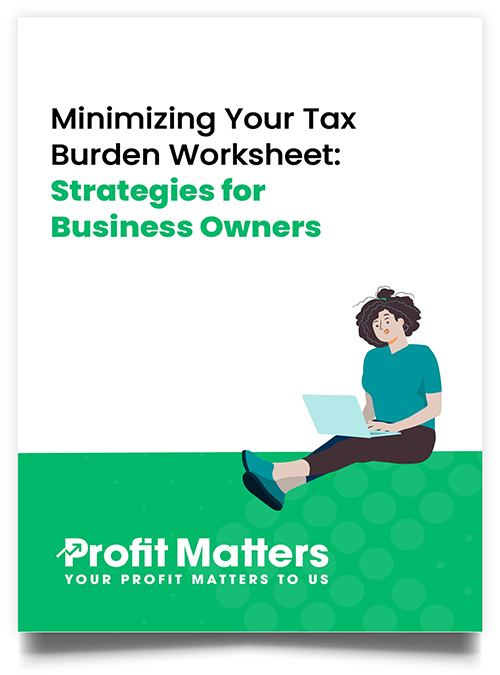And the genius in you has probably been offering you the same advice for the past couple of months.
And now you’re finally cornered with tons of accounting paperwork to catch up on!

As tempting as postponing past work sounds, things can get thick really fast when you have to do it under a tight deadline with stiff penalties and fines hovering over your head. So, to be able to make informed decisions and avoid higher tax bills resulting from stiff fines and penalties, you’ll need to maintain updated accounting records for your business.
But let’s assume for a moment that you’re already late in updating your books of accounts. Of course, the easier option would be to engage us as you concentrate on other important business functions. However, if you prefer maintaining your own business books, here’s a step-by-step process to help you get on top of things.
1. Collect Your Invoices and Receipts
This is the starting point for cleaning your business records. Gather all customer invoices, receipts, and any other relevant documents.
Here, you want to ascertain all customer payments relating to the current tax year while taking note of the debtors and bad debts. The bad debt amounts are deductible from your taxable income and can help you reduce your tax burden.
And talking of deductions, you’ll also need to gather all expenses relating to the tax year and deduct all the relevant business overheads from your income. Also, review all vendor accounts making sure that all the supplier amounts are backed up by their corresponding paperwork including invoices, bank slips if paid, and more. You want to make sure that the expenses reported and the accounts payable amounts reported in your financial statements are correct.
2. Sort the Transactions
If you’re the owner of the business, you’ll need to make sure that your personal and business transactions are separated.
If not and are running an LLC or a corporation, the law could render you and the company as being one and the same thereby revoking your liability protection. That means that you would personally bear any losses incurred by the business.
I found this guide by IRS quite useful towards helping your separate personal and business transactions.
3. Bank Reconciliation
Depending on your accounting system, this should be as easy as it can get.
Reconciling your bank balances ensures that all monies received and paid out agree with your company records. The process will also help you fix potential or existing errors in bank and company records.
The last thing you want to do is hand over your books of accounts to your accountant or bookkeeper with the incorrect bank and cashbook balances; this may increase the chargeable consultancy fees.
Conclusion
Once you’ve compiled all the records and ascertained your payable tax from the taxable income, you’re ready to start filling up your tax forms. If you paid contractors during that given tax period, then you’ll be required to fill in Form W-9 and Form 1099-MISC. However, if you only worked with your employees throughout the period, you’ll fill Form W-2.
I hope you found this guide useful. If at all you’re still stuck, consider getting in touch for our Catch-Up Bookkeeping Program to help you get back on track.



